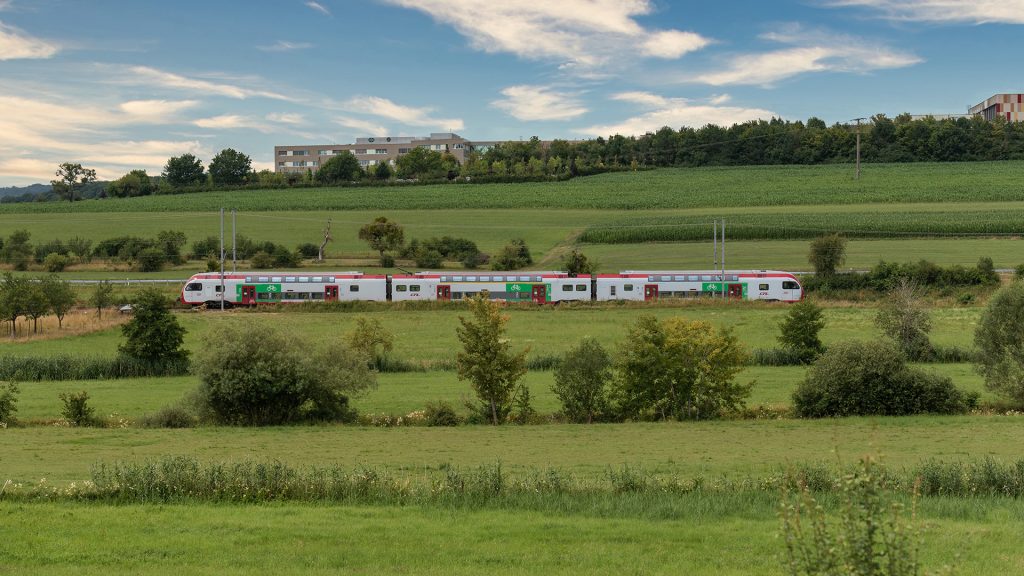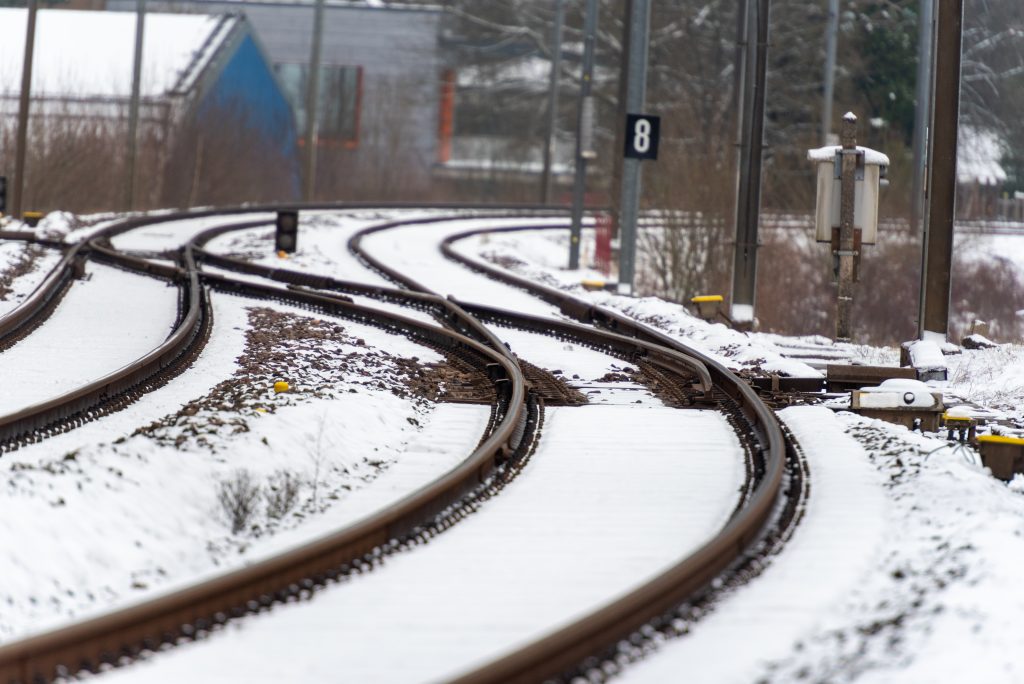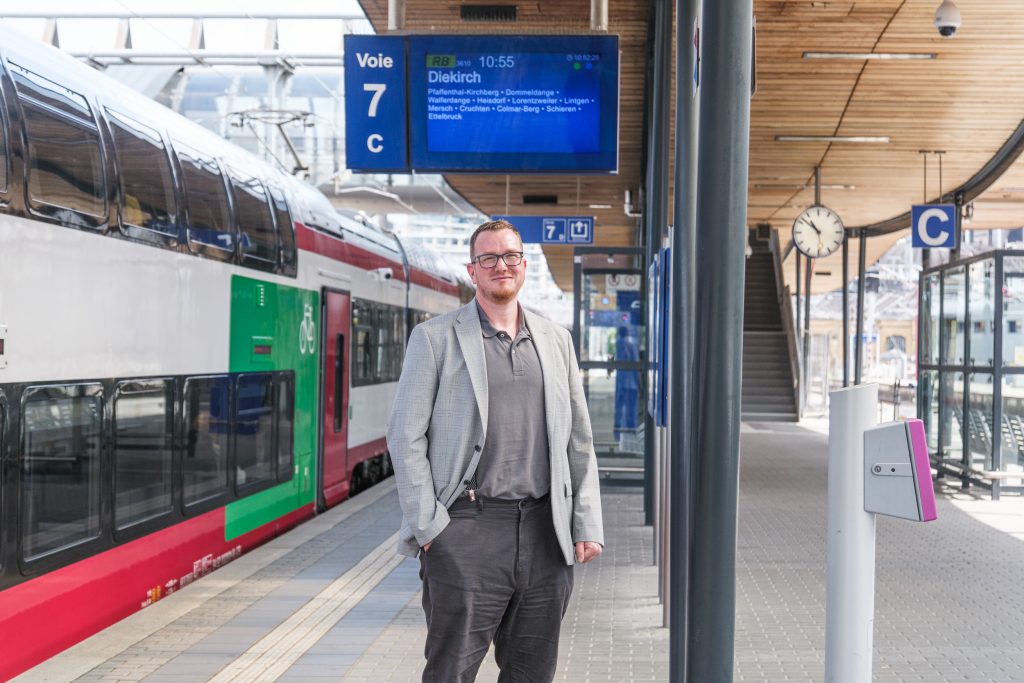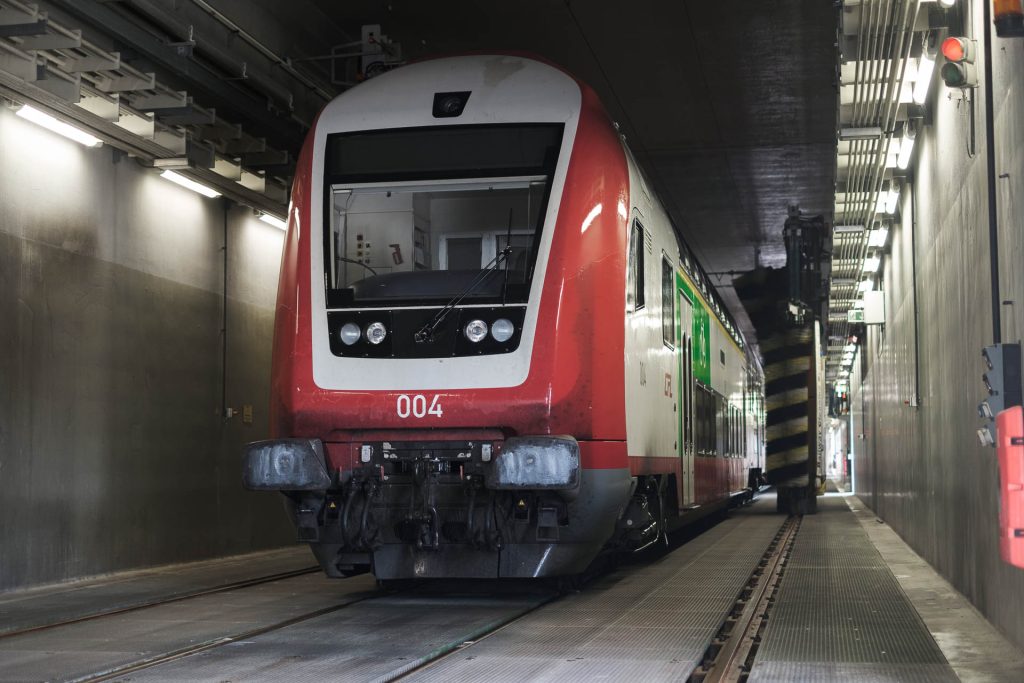
Renovated locomotive shed in Wasserbillig becomes a listed monument
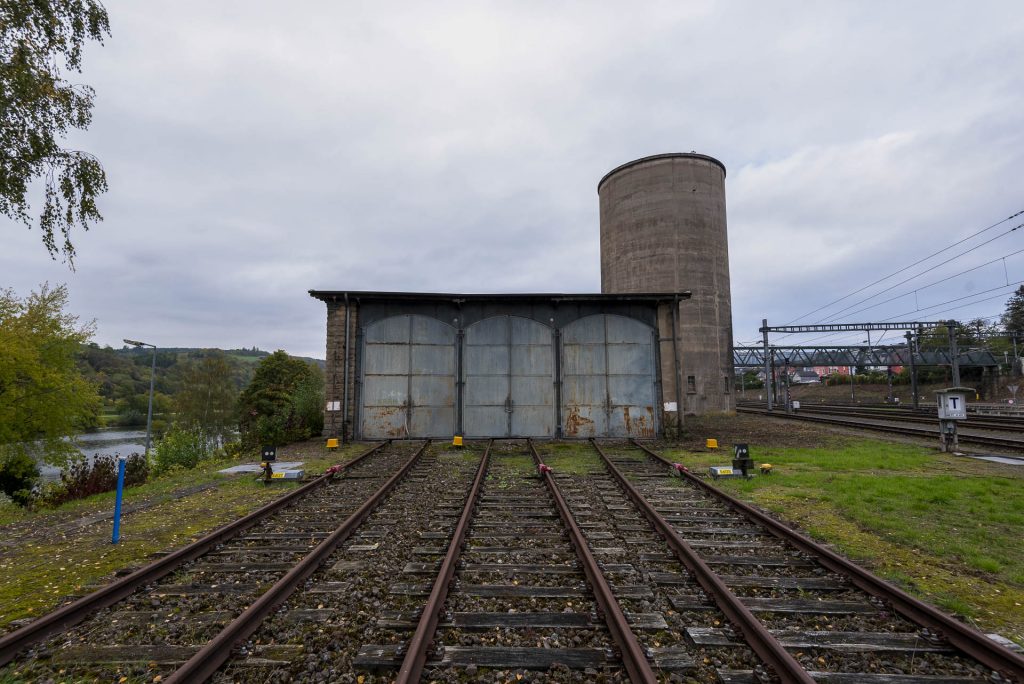
Where is the video surveillance centre actually located? Where and how does a CFL employee notice that a fire alarm has been triggered? The answer is: At the BMS. The acronym stands for Building Management System, which at first glance is not really any more meaningful.
Simply put, a BMS is a control centre in which different elements can be monitored, such as the images from the video surveillance in railway stations or the adjacent car parks, or even connected elements, i.e. components that are equipped with IoT technology. Problems can therefore be detected and solved more quickly – an additional plus in terms of customer service.
In addition to the BMS building in Belval, which has been in operation since 2011, another of these centres is currently being built in Wasserbillig. Others are to follow, namely in Luxembourg City and Rodange. The project in Wasserbillig, however, stands out with a special detail. The location chosen was not just any building, but an old locomotive shed.
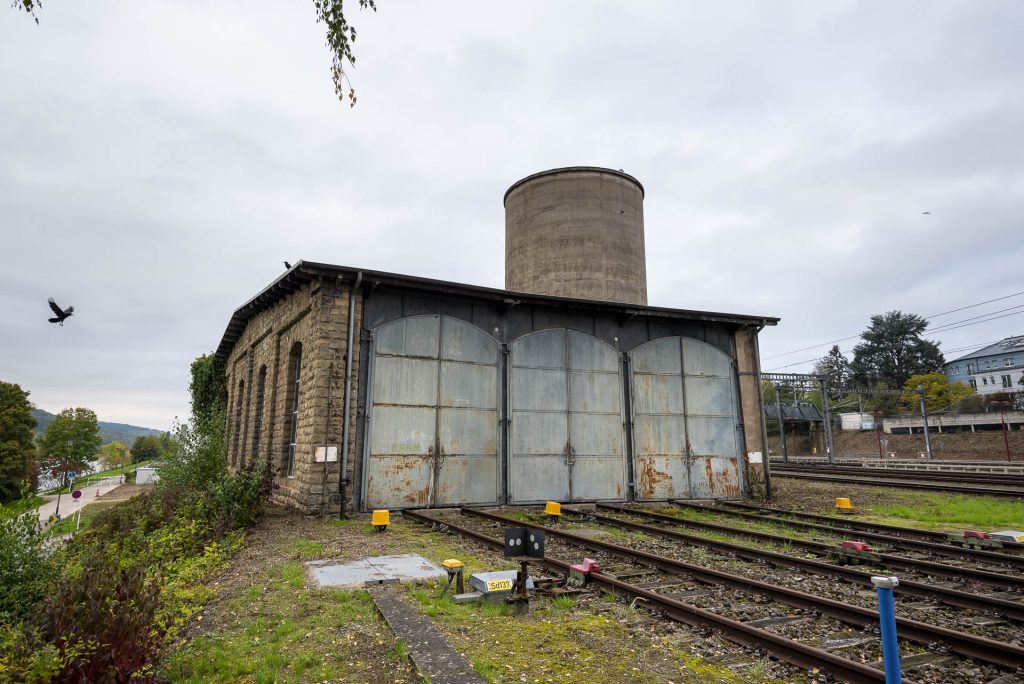


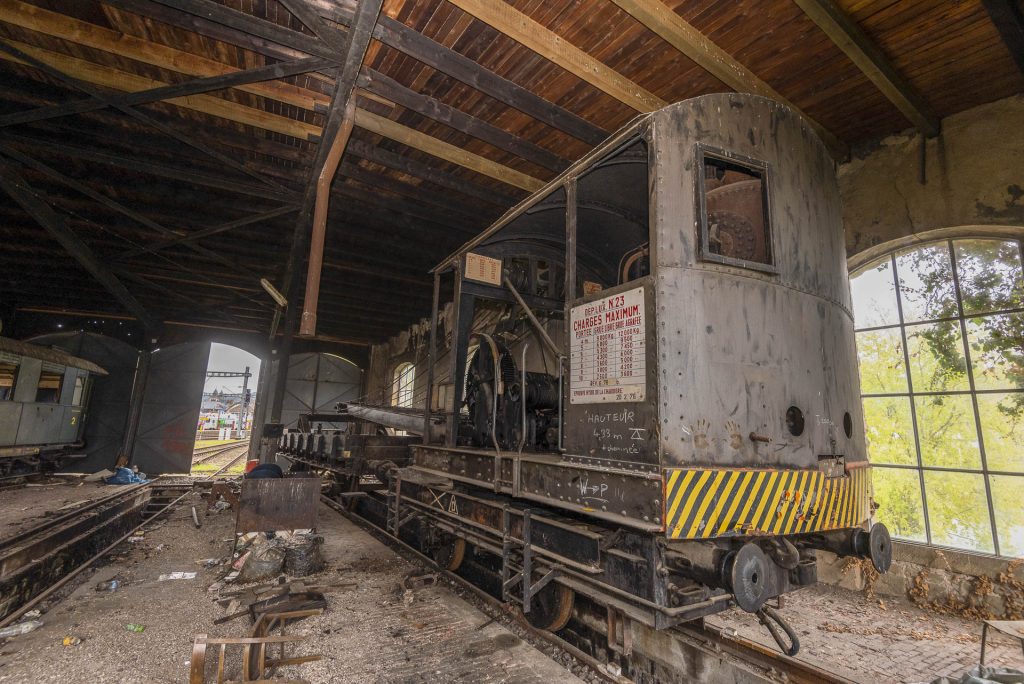
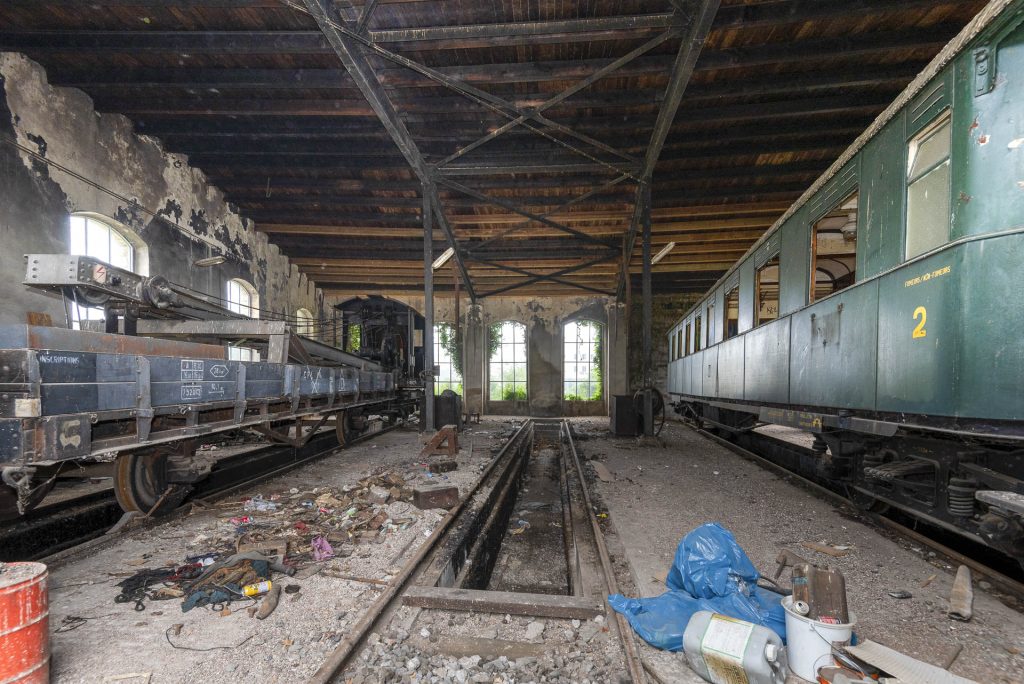
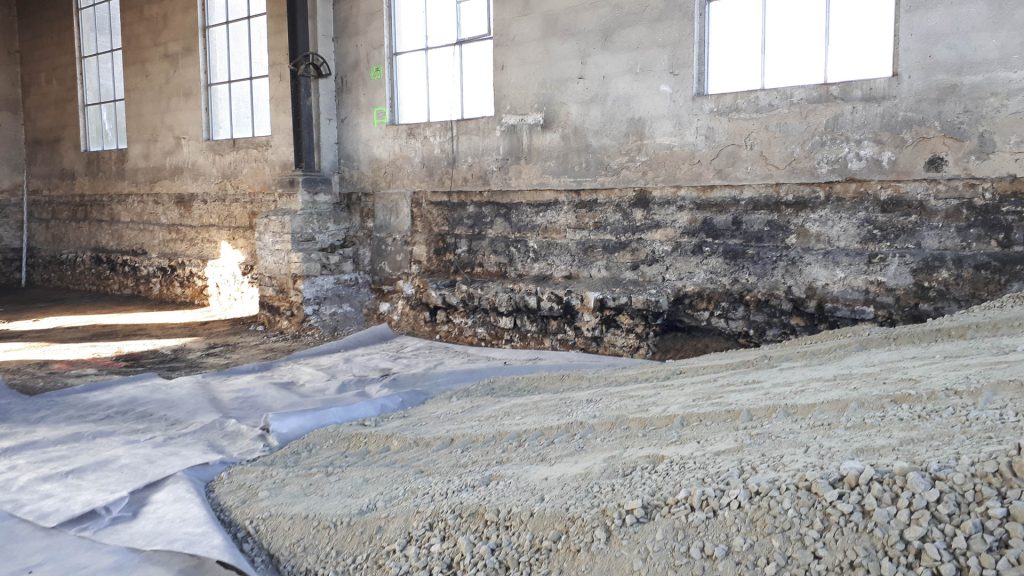
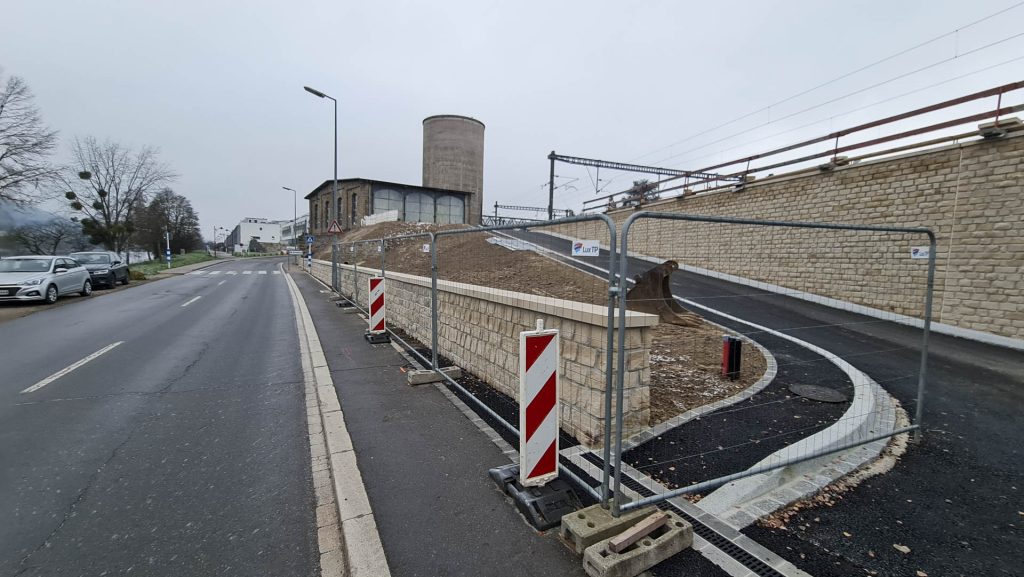
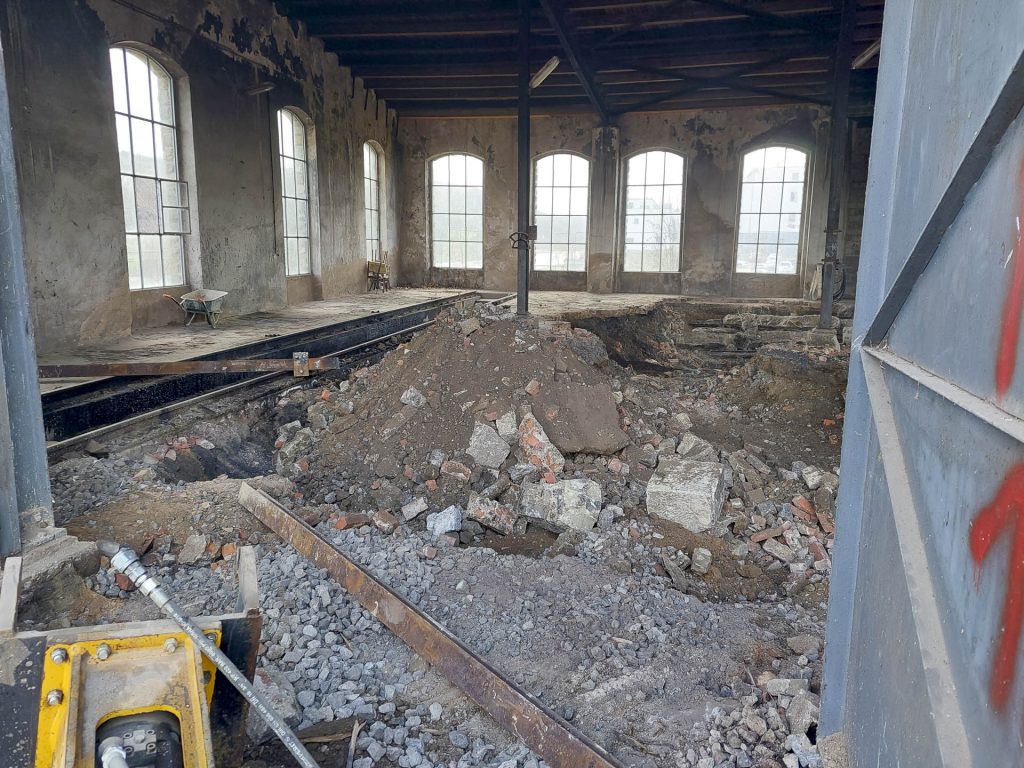
“We didn’t want to build an additional grey box”
Roberto, Wasserbillig BMS Project Manager
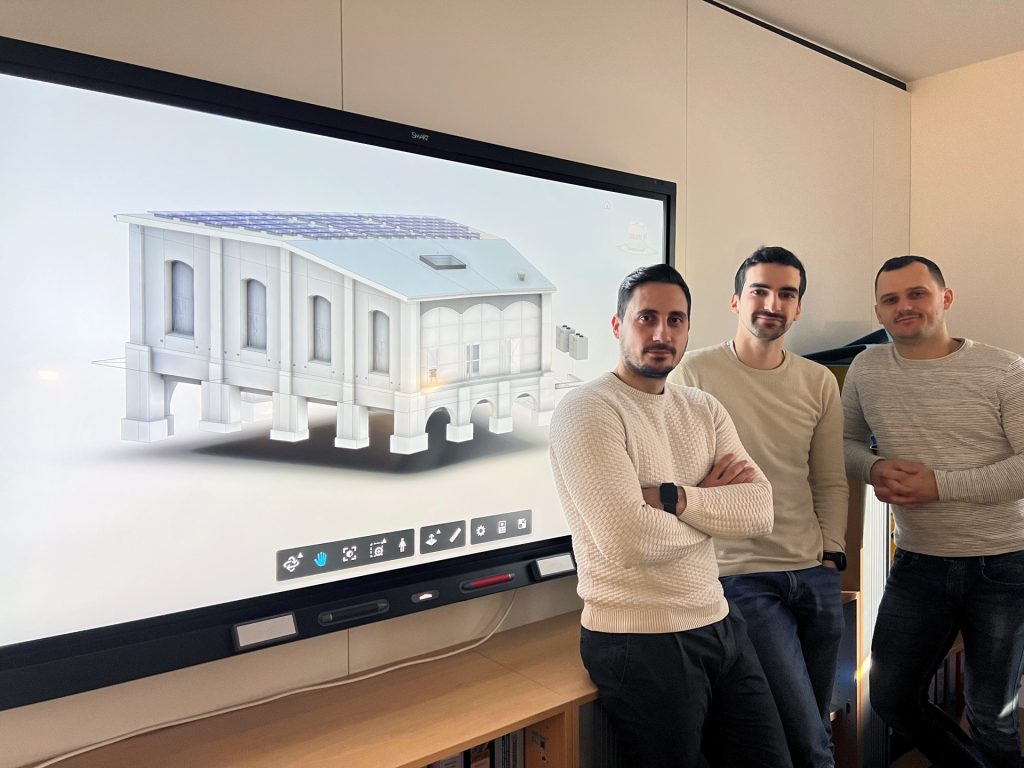
It is not just any old locomotive shed, but a piece of history, as Roberto, head of the project around the BMS Wasserbillig, tells us. “It was our special wish to protect this contemporary witness of the 19th century.” The location, which for understandable reasons had to be located near the railway station, was accordingly found quickly.
“As the CFL, we didn’t want to put another grey box there. The old locomotive shed offers the necessary space for the modern installations. The locomotive shed’s construction is captivating with its curves and fine brickwork. Something like that must be preserved!”. With this in mind, the plans for the core renovation of the old locomotive shed were drawn up. Of course, this was done strictly according to the BIM standard (learn more about the use of Building Information Modelling at the CFL here). As is usual with core renovation, the façade remains untouched. The interior of the building must of course take into account the future purpose of the work. A flat load-bearing surface is created from the working pits that were previously used for changing the oil on the old rolling stock, for example. The roof will be professionally dismantled and reinforced so that it can support the future technology (lighting, ventilation). Externally, everything will remain the same.
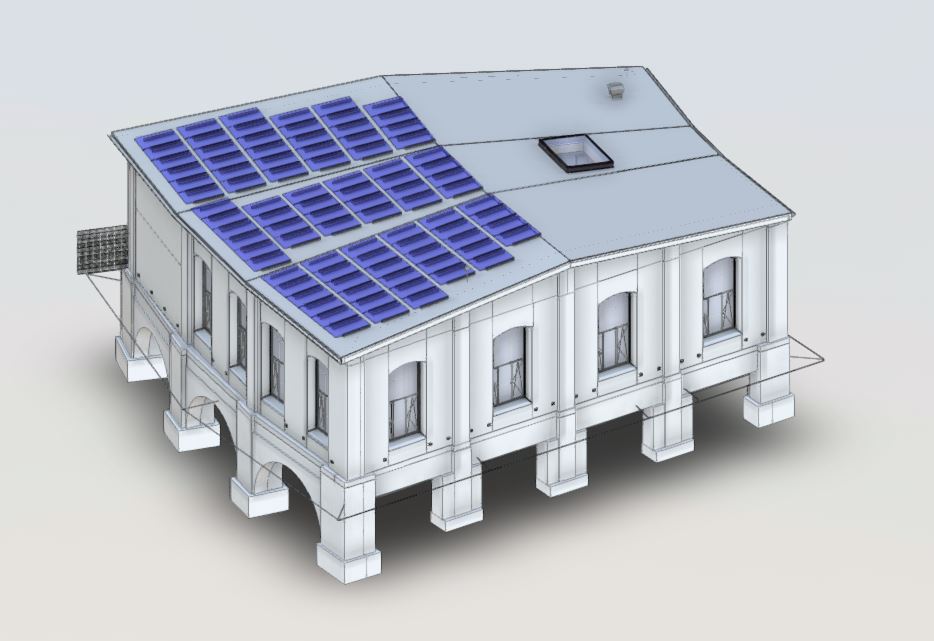

A shared enthusiasm
The huge round arches typical of 19th century railway sheds will also be retained, but a door will be installed to allow normal access. Inside, a modern working environment will be created that will provide the space needed for 4-5 employees and the necessary technology. Excitement is not limited to the CFL, the municipality of Wasserbillig and INPA are also supporting the project.
“The CFL’s plans and the planned conversion were so appealing that they have resulted in the locomotive shed being listed under monument protection in its proposed form” Roberto proudly tells us. “In this building, old and new literally meet,” he continues. Architectural heritage meets state-of-the-art technology, which will allow us to organise the maintenance and upkeep of our buildings better and more efficiently. For the customer, this means quick problem solving, for example in the case of technical breakdowns inside stations, and faster and better preparation of video surveillance material – should this be necessary. BMS or Building Management Systems are control centres for monitoring connected technical installations on the railway network (alarm systems, fire alarms, video surveillance, etc.). Since 2011, the first BMS building has been operating in Belval. In Wasserbillig and Rodange, so-called satellites are also to be built, which can replace the central BMS that is still to be built in Luxembourg City, if necessary.
